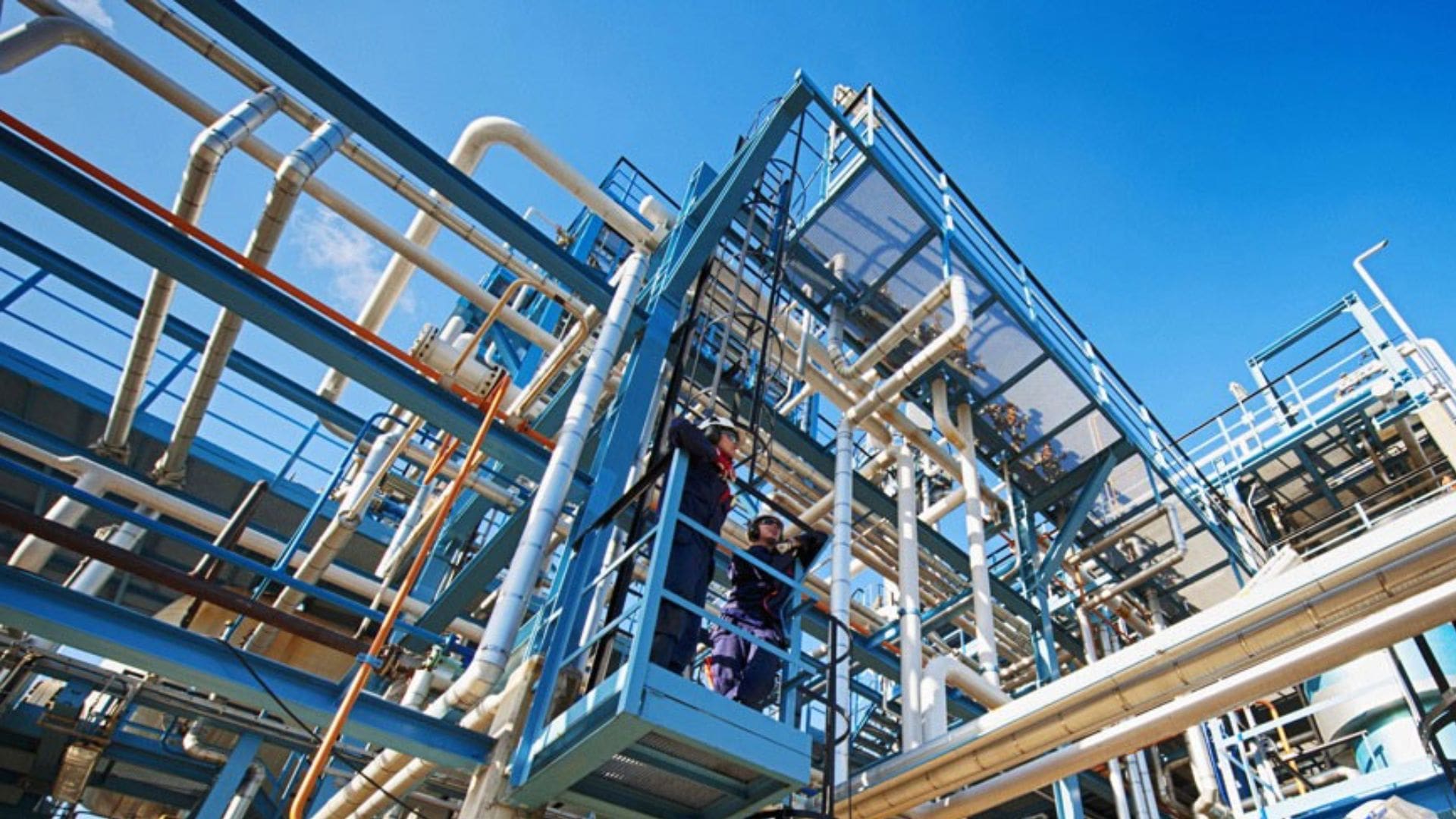Singapore's Rise as a Chemical Powerhouse: Overcoming Size Constraints and Embracing Specialization
- Singapore | 19 December 2018

In recent decades, Singapore has defied its small size to establish itself as a prominent player in the global chemicals market. Its remarkable position as a top 10 exporter of chemicals, surpassing even larger economies like India, is a testament to its resilience and strategic approach. At the heart of this success story lies Jurong Island, a 32 square-km amalgamation of offshore isles that has played a pivotal role in Singapore’s emergence as a chemicals powerhouse. With the global chemicals market expected to grow significantly in the coming years, Singapore’s manufacturing sector, particularly in specialty chemicals, is poised for further expansion.
Singapore’s manufacturing sector experienced a notable resurgence in 2017, with a growth rate of 10.1%, outpacing the previous year’s growth of 3.7%. Despite a projected decline in growth for the first half of 2018, primarily driven by reduced petrochemicals production due to scheduled plant maintenance, experts believe it will be a temporary downturn. Furthermore, specialty chemicals manufacturers anticipate increased output in the near term, thanks to the strong performance of ASEAN economies and growing regional demand.
Recognizing that it cannot compete solely as a low-cost destination, Singapore’s forward-oriented leadership has placed emphasis on creating a business environment conducive to the production and export of specialty chemicals. The Asia Pacific region’s specialty chemical market is expected to grow at a compound annual growth rate (CAGR) of 5.7%, offering significant opportunities in sectors such as agrochemicals, lubricants and oilfield chemicals, water-treatment chemicals, and specialty coatings. Singapore’s respect for intellectual property protection and its expertise in research and technological advancements make it an attractive location for multinational corporations (MNCs) in the specialty chemicals sector.
Singapore has cemented its position as a global hub for research and development (R&D) by leveraging its highly skilled talent pool and top-notch research institutions. Through the Research, Innovation and Enterprise (RIE) 2020 plan, the country is investing S$19 billion in R&D to drive economic growth, adopt technology, and translate research into concrete business solutions. The Energy and Chemicals industry transformation map (ITM) aims to construct or expand 20 new application-development centers by 2025, with an additional US$55 million allocated to R&D expenditure.
Several manufacturers on Jurong Island have demonstrated their commitment to R&D by establishing research facilities and partnerships. Mitsui Chemicals, Linde Gas, DSM, and Evonik are among the companies that have invested in Singapore’s research ecosystem, benefiting from collaborations with agencies like the Agency of Science, Technology and Research (A*STAR). These investments not only enhance sustainability and productivity but also provide access to the growing ASEAN middle class market.
The Asia Pacific region is expected to contribute significantly to global petrochemical demand in the coming decade, attracting major regional players and MNCs. Singapore has been at the forefront of modernizing its refining and petrochemical industry, improving energy efficiency, and increasing liquefied natural gas (LNG) capabilities. Jurong Island’s petrochemical producers, including Mitsui Chemicals Group and ExxonMobil, continue to expand their operations to meet growing demand from industries such as plastics, packaging, and transportation in APAC.








